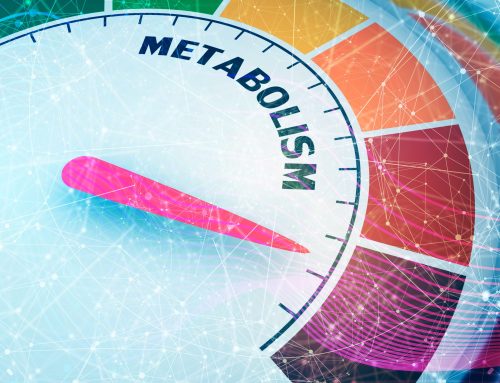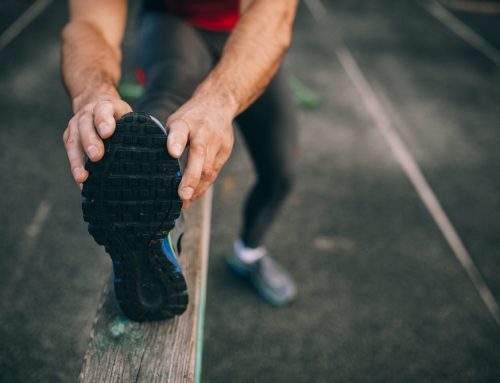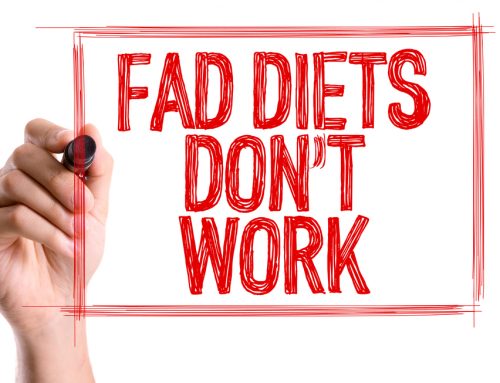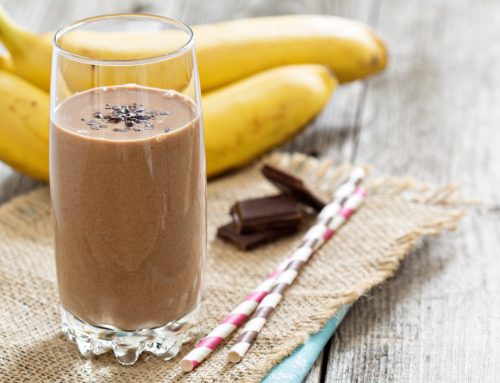Fat vs Muscle Myths
There are a few misconceptions or myths around about fat vs muscle especially as the body changes on a weight loss program. Helping people with their weight loss there are some common questions asked. How can I turn fat into muscle? Doesn’t muscle weight more than fat? How can I reduce the fat from my buttocks, thighs, stomach? Let’s look at each of these fat vs muscle myths for the facts.
How can I turn fat in muscle or turn muscle into fat. The simple answer is you cannot. It would be like trying to turn wood into metal. Body fat is directly related to calories. Calories in versus calories out determines how much body fat we will have. Any type of food consumed in excess whether protein, carbohydrates or fat will be converted into body fat.
Muscle on the other hand is influenced upon the demands placed upon them. By performing resistance exercises your strength will increase. If you feel your body is becoming less toned or “soft” it is simply because your proportion of fat to muscle has changed. Although you may not have gained any more fat, is now dominant simply because you have lost muscle. So this just a myth!
Does muscle weight more than fat? The density of skeletal muscle mass is 1.06 g/ml. The density of fat is 0.9 g/ml. One litre of muscle would weight 1.06 kg and one litre of fat would weight 0.9 kg. So muscle is heavier than fat. The weight you have put on as a result of performing resistance exercises might not necessarily be all muscle. If you have increased your calorie intake too, you will gain fat!
You may have been doing 100 sit ups every night for the last month but have not lost any fat from your stomach. Spot reduction is just a myth! This is because the muscle does not own the fat surrounding it. Some areas will lose fat faster than others. This is due to your genetic makeup, so you can blame your parents! Because of our genetic makeup women will gain weight in their thighs while men will gain in their abdominals.
To lose fat anywhere on your body you need to burn calories by following a program that involves both cardiovascular training and weight training. Coupled with controlling your calorie intake might give the perception of turning muscle into fat as your body composition changes. But muscle will always be muscle and fat will always be fat.




